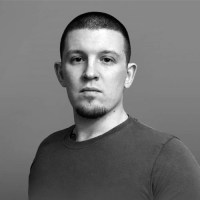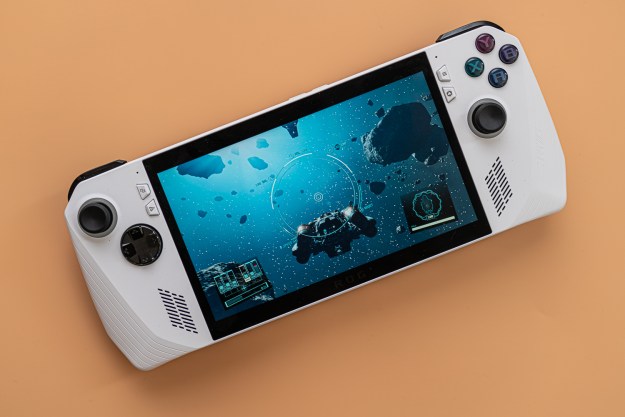When AMD debuted its Mantle API, it forced the hand of Microsoft in the development of DirectX 12, to give developers much lower-level access to hardware. That lead to a huge increase in its ability to send draw calls to the GPU, increasing it by several times. Vulkan, the results of the Khronos Group building upon Mantle’s foundations, does much the same, making it a strong competitor for DX12.
With that in mind, many developers will be looking to optimize their games for Vulkan and DirectX 12, but which low-level API gets the most support from them could well depend on which is a better API. A big deciding factor in that will be end-user performance and the new Vulkan enabled API test in 3Dmark will be a great way to test that.
In the 3Dmark API Overhead test, the software sends an increasing number of draw calls to the GPU and keeps doing so until the frame rate drops below 30, at which point it ends the benchmark and notes down the maximum number of calls it could make.
Futuremark makes a point of stating in this release that the API Overhead test is not designed as a general graphics card benchmark and shouldn’t be used to compare graphics card performance. Instead it is purely designed to show the capabilities of different APIs.
In the past, DirectX 12 and Mantle have been shown to be capable of many times the draw calls of DirectX 11, so it will be interesting to see what Vulkan can do in the same test. Vulkan replaces the original Mantle test, so that latter, older API, will no longer be part of the benchmark.
Anyone looking to try out this benchmark themselves, needs to update their professional or advanced version of 3Dmark, to v2.3.3663.



